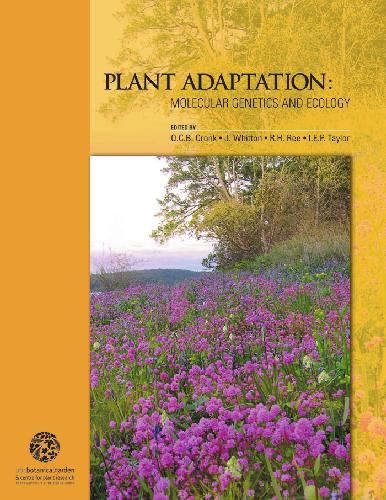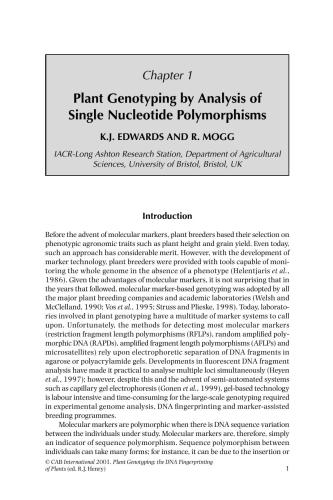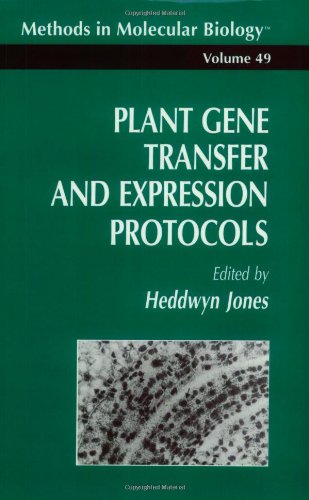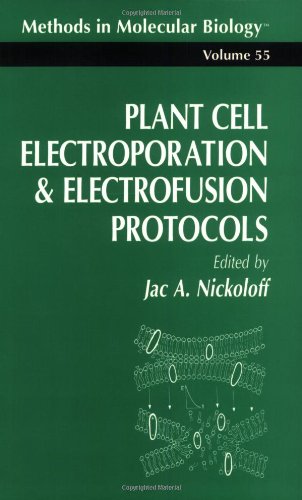Q.C.B. Cronk, J. Whitton, R.H. Ree, and I.E.P. Taylor9780660193366, 0-660-19336-1, 0-660-19337-X
Contents
Chapter 1. The new science of adaptation: an introduction.
Chapter 2. Discussion report: an intellectual framework for a plant adaptation science
Chapter 3. Pathways to plant population genomics
Chapter 4. Evolvability and the raw materials for adaptation
Chapter 5. Nucleocytoplasmic incompatibility fosters speciation
Chapter 6. Discussion report: answered and unanswered questions in plant adaptation
Chapter 7. Plant population genomics, linkage disequilibrium mapping and the genetics of adaptation
Chapter 8. Genomic approaches to identifying quantitative trait loci: lessons from Arabidopsis thaliana
Chapter 9. Experimental analysis of adaptive landscape topographies
Chapter 10. Terpene synthases and the mediation of plant-insect ecological interactions byterpenoids:amini-review
Chapter 11. Adaptation in plant speciation: empirical evidence for the role of selection in the evolution of isolating barriers between plant species
Chapter 12. Discussion report: new methods and tools for plant adaptation – what do we need?
Chapter 13. Trends in the evolution of edaphic specialists with an example of parallel evolution in the Lasthenia californica complex
Chapter 14. Floral adaptations and biotic and abiotic selection pressures
Chapter 15. Polyploidy and plant adaptation: a framework for future research
Chapter 16. Evolutionary genetics of self-incompatibility in a new “model” plant: Arabidopsis lyrata
Chapter 17. Natural variation among accessions of Arabidopsis thaliana: beyond the
flowering date, what morphological traits are relevant to study adaptation?
Chapter 18. The study of ancient adaptation: a case study of a phytochrome gene pair from early-diverging angiosperms
Chapter 19. The variable nature of herbivore defense: evidence for a rapidly diverging Kunitz trypsin inhibitor gene in Populus







Reviews
There are no reviews yet.